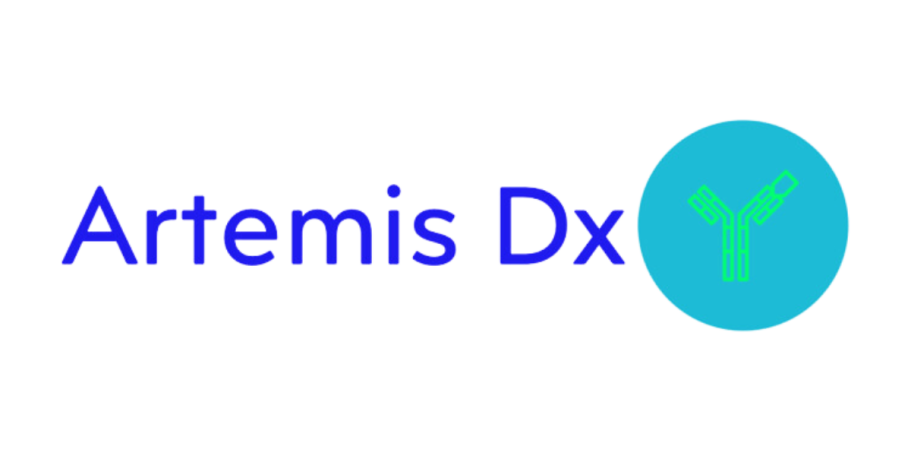The Use of Surfactants in Lateral Flow Assays Part I: Overview- Surfactant Types and Properties
Hans Boehringer, Ph.D., Co-Founder & CSO, Artemis Dx
Lateral flow assays (LFAs) are widely used diagnostic tools that offer rapid, cost-effective, and user-friendly methods for detecting a variety of analytes, including pathogens and biomarkers. They are particularly valued in resource-limited settings and point-of-care testing due to their portability and simplicity. Despite these advantages, achieving optimal performance in terms of sensitivity, specificity, and reproducibility requires careful optimization of the assay components. Among these components, surfactants play a critical role. We at Artemis Dx have significant experience in incorporating surfactants into lateral flow assays and are available to support your needs. This overview explores the use of surfactants in LFAs, discussing their chemical properties, mechanisms of action, and their impact on assay performance.
Overview of Lateral Flow Assays
Lateral flow assays are based on the principle of capillary action, where a liquid sample migrates through a series of porous materials. A typical LFA strip is comprised of several key components: a sample pad, a conjugate pad, a nitrocellulose membrane, and an absorbent pad. The sample pad ensures consistent sample application and flow, while the conjugate pad contains labeled antibodies or probes that bind to the target analyte. The nitrocellulose membrane contains test and control lines, where the presence or absence of the target analyte is detected visually or with an instrument if fluorescent labels are used. The absorbent pad collects excess liquid, maintaining a steady flow throughout the strip.
Mechanisms of Action/Utility of Detergents in Lateral Flow Assays
Surfactants influence the performance of LFAs through several mechanisms:
- Enhancing Flow Properties: Surfactants reduce surface tension, facilitating the capillary movement of liquid samples across the LFA strip. This is particularly important for achieving consistent and rapid flow, to ensure that the reagents and analytes reach their respective zones in a reproducible and timely manner.
- Preventing Nonspecific Binding: Surfactants can block nonspecific interactions between assay components and the membrane, improving assay specificity. By adsorbing onto the nitrocellulose membrane or other surfaces, they minimize the binding of unwanted proteins or particles.
- Stabilizing Biomolecules: Proteins and other biomolecules in LFAs are prone to denaturation and aggregation. Surfactants can stabilize these molecules by preventing their aggregation and maintaining their native conformation, thus preserving their activity during storage and assay performance.
- Improving Reagent Dispersion: Surfactants aid in the uniform distribution of reagents, such as labeled antibodies or nanoparticles, on the conjugate pad. This ensures that the target analyte interacts effectively with the detection components, enhancing assay sensitivity.
Chemical Properties and Types of Surfactants
Surfactants are amphiphilic molecules with both hydrophilic (water-attracting) and hydrophobic (water-repelling) regions. This dual nature enables surfactants to reduce surface tension, stabilize emulsions, and interact with biological macromolecules. Surfactants are categorized into four main types based on their ionic properties:
- Anionic surfactants: carry a negative charge (e.g., sodium dodecyl sulfate).
- Cationic surfactants: carry a positive charge (e.g., cetyltrimethylammonium bromide).
- Nonionic surfactants: lack a net charge (e.g., Tween 20, Triton X-100).
- Zwitterionic surfactants: contain both positive and negative charges (e.g., CHAPS, Zwittergent).
Each type of surfactant offers distinct advantages and limitations, making their selection highly application specific.
Types of Surfactants in LFAs
- Nonionic Surfactants: Nonionic surfactants, such as Tween 20 and Triton X-100, are among the most commonly used in LFAs. Their minimal interference with crucial ionic interactions between assay components makes them ideal for stabilizing biomolecules and reducing nonspecific binding. Tween 20, for instance, is frequently employed to block nonspecific binding sites on nitrocellulose membranes and as an additive in buffer solutions to improve flow dynamics. Triton X-100, known for its hemolytic properties, is often used to lyse red blood cells when necessary and is also known to reduce non-specific binding. However, due to its inclusion under the European Union’s Registration, Evaluation, Authorization, and Restriction of Chemicals (REACH) regulations, which seek to mitigate chemical risks to human health and the environment, the use of Triton X-100 has been significantly restricted. Consequently, alternative surfactants to Triton X-100 have been identified and adopted for many applications.
- Anionic Surfactants: Anionic surfactants like sodium dodecyl sulfate (SDS) are less commonly used due to their potential to denature proteins. However, in specific applications where strong surfactant action is needed, they can help solubilize hydrophobic analytes or disrupt complex sample matrices.
- Zwitterionic Surfactants: Zwitterionic surfactants, such as CHAPS, are used in applications requiring a balance between ionic and nonionic properties. They provide gentle solubilization and stabilization, making them suitable for sensitive biomolecules.
- Custom Surfactant Blends: In many cases, blends of surfactants are used to achieve a combination of desirable properties. For instance, combining a nonionic surfactant with a zwitterionic surfactant can optimize both flow dynamics and biomolecule stability.
Continued in Part II
We need your consent to load the translations
We use a third-party service to translate the website content that may collect data about your activity. Please review the details in the privacy policy and accept the service to view the translations.

